This post is my entry for the SunThursday contest hosted by @uwelang
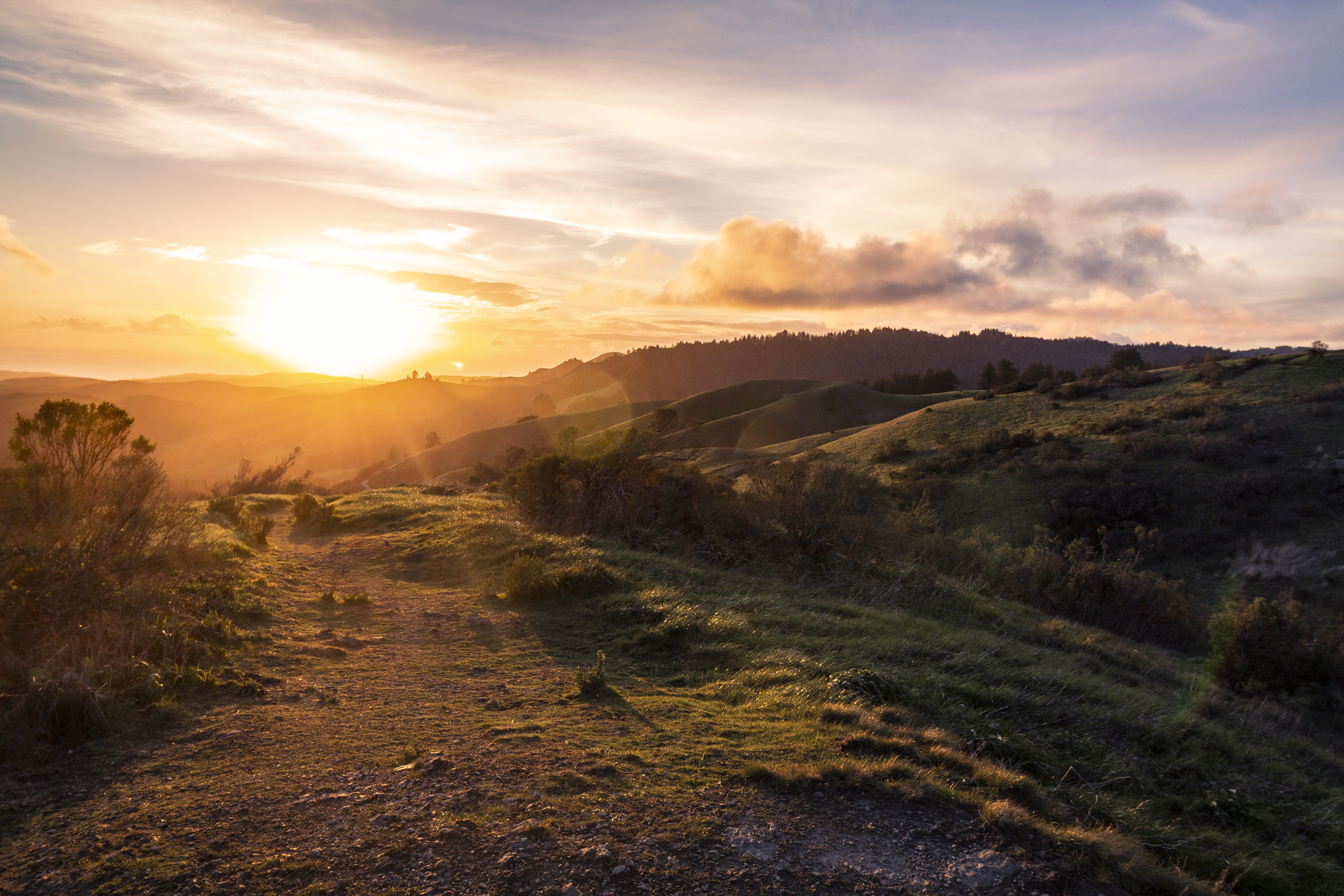
Canon EOS T5, 1/160sec, f/7.1, ISO 200 [5184x3456]
Photography is about capturing light, for landscape photography that means capturing sunlight. Even moonlight is just reflected sunlight. The amount of light and how it reflects off the scene dictates the mood of the photo. For the most vibrant color you want the right amount of sunlight. Too much sun will wash out the color, not enough sunlight will prevent the color from showing up in the first place. This is why photographers love golden hour. When the sun is too high, too much light, when the sun is too low, not enough light. Somewhere in between is golden hour, when the sun reaches that perfect angle where the world is presented in it's most vivid form.
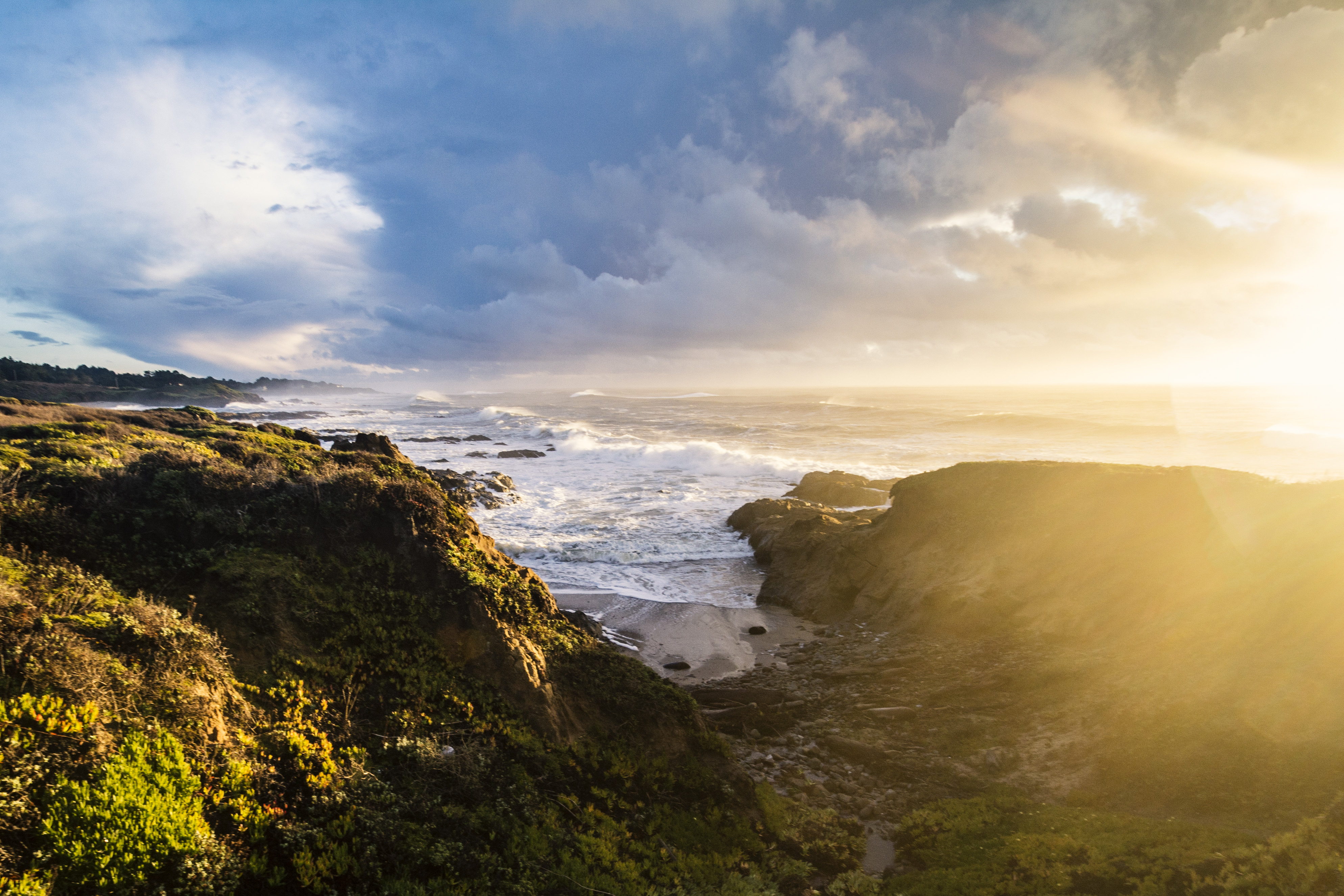
Canon EOS T3i, 1/50sec, f/8, ISO 200 [3976x2651]
The right balance of sun is a theme found in all parts of life. As humans if we don't get enough sun we will be deficient in vitamin D and at risk of getting sick. If we get too much sun, it will burn our skin and potentially cause cancer. Other life forms appear to have a similar requirement of getting the right balance of sunshine. The day/night and seasonal cycles give us this balance.
I selected some of my favorite captures of the sun to showcase on this post. Exposing a shot of the sun along with the rest of a scene is not easy. One of the "basic" photography rules is not to face the sun because it will overpower and blow out your shot, create lens flares, and often just makes a mess of an image. Rules are meant to be broken however, photography is an artform, and sometimes shooting the sun, blowing out a bit of the image and creating lens flares is just part of the feeling your communicating with the image.

Canon EOS T3i, 1/160sec, f/8, ISO 100 [5184x3456]
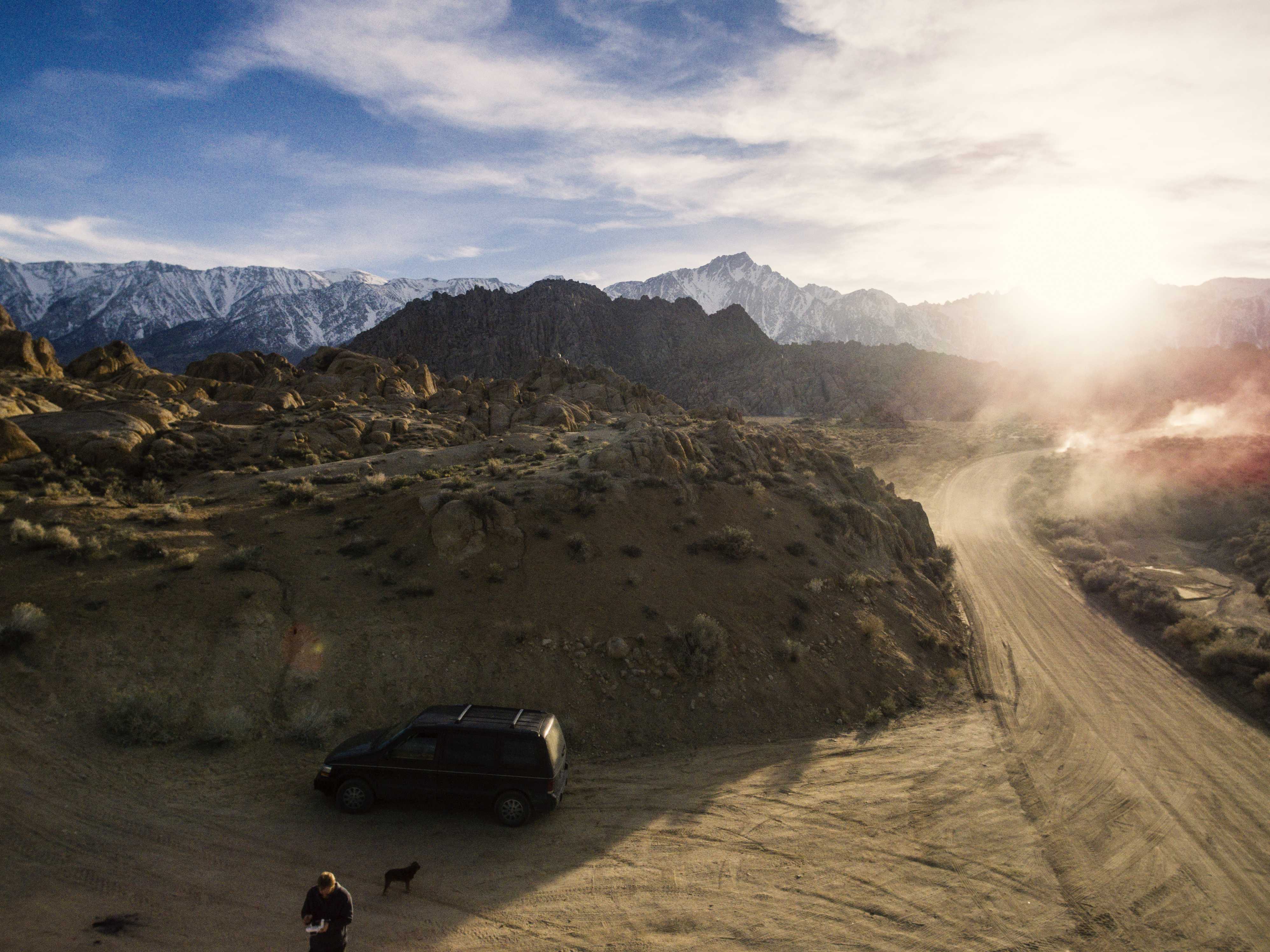
DJI Phantom 3, 1/3000sec, f/2.8, ISO 100 [3992x2992]
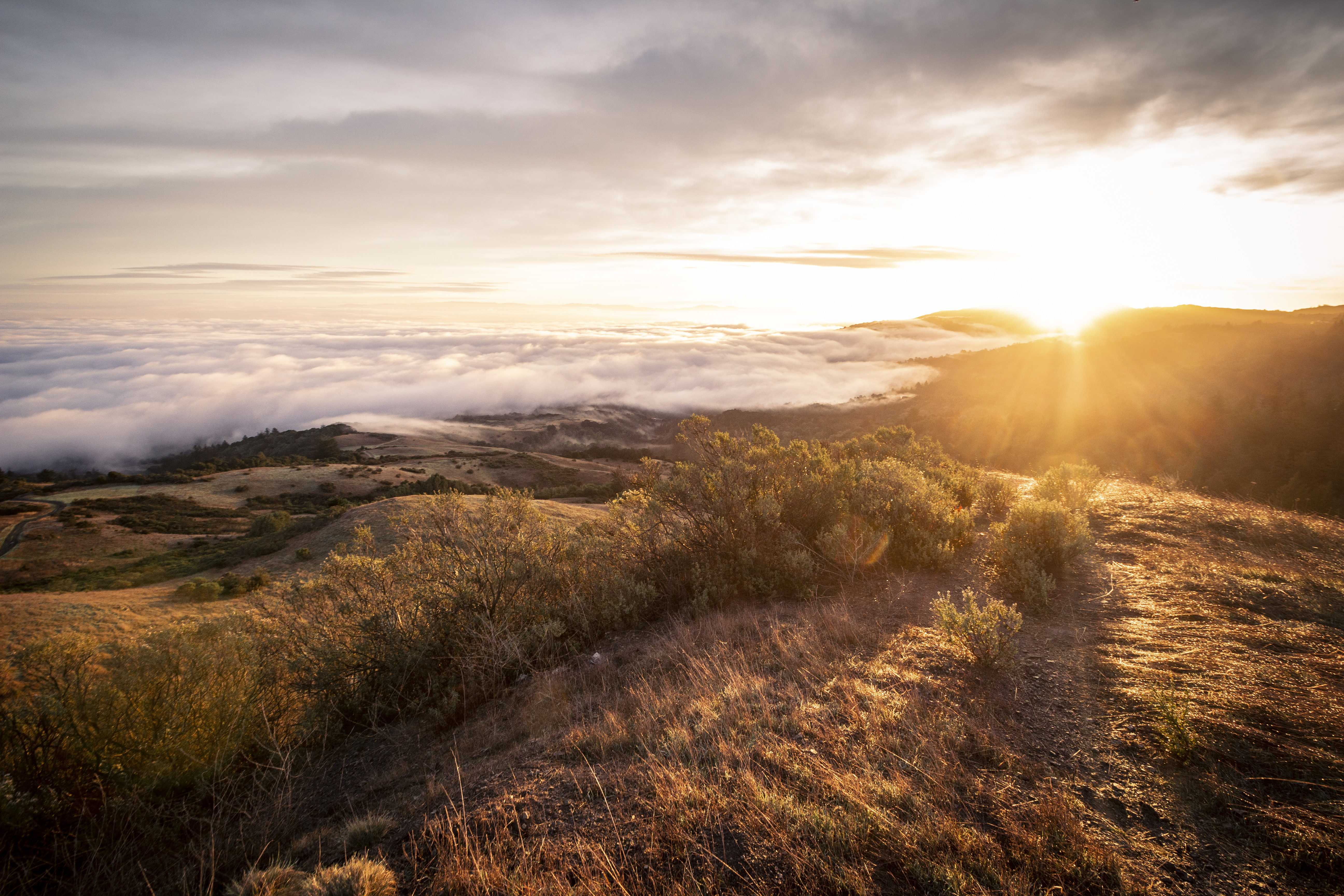
Canon EOS T3i, 1/40sec, f/8, ISO 200 [5184x3456]
If photography was all about capturing the scene as realistically as possible, then a rule like don't shoot into the sun would be wise to follow. Artistic photography however is more about drama and less about realism. If I can get a dark moody sky and a bright vibrant sun fighting over a scene, that will be a dramatic scene to capture.
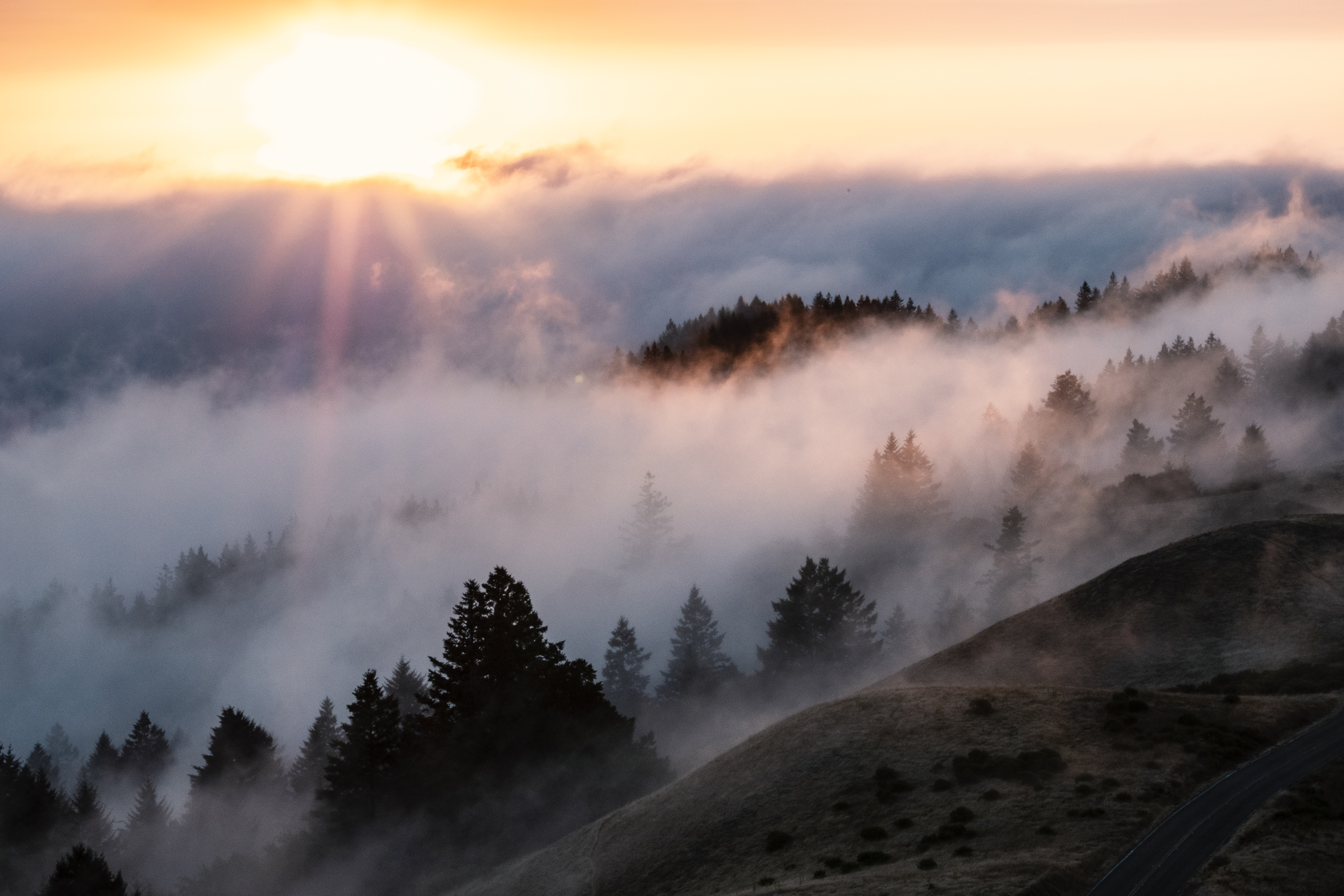
Panasonic Lumix GX85, 1/20sec, f/22, ISO 200 [4592x3061]
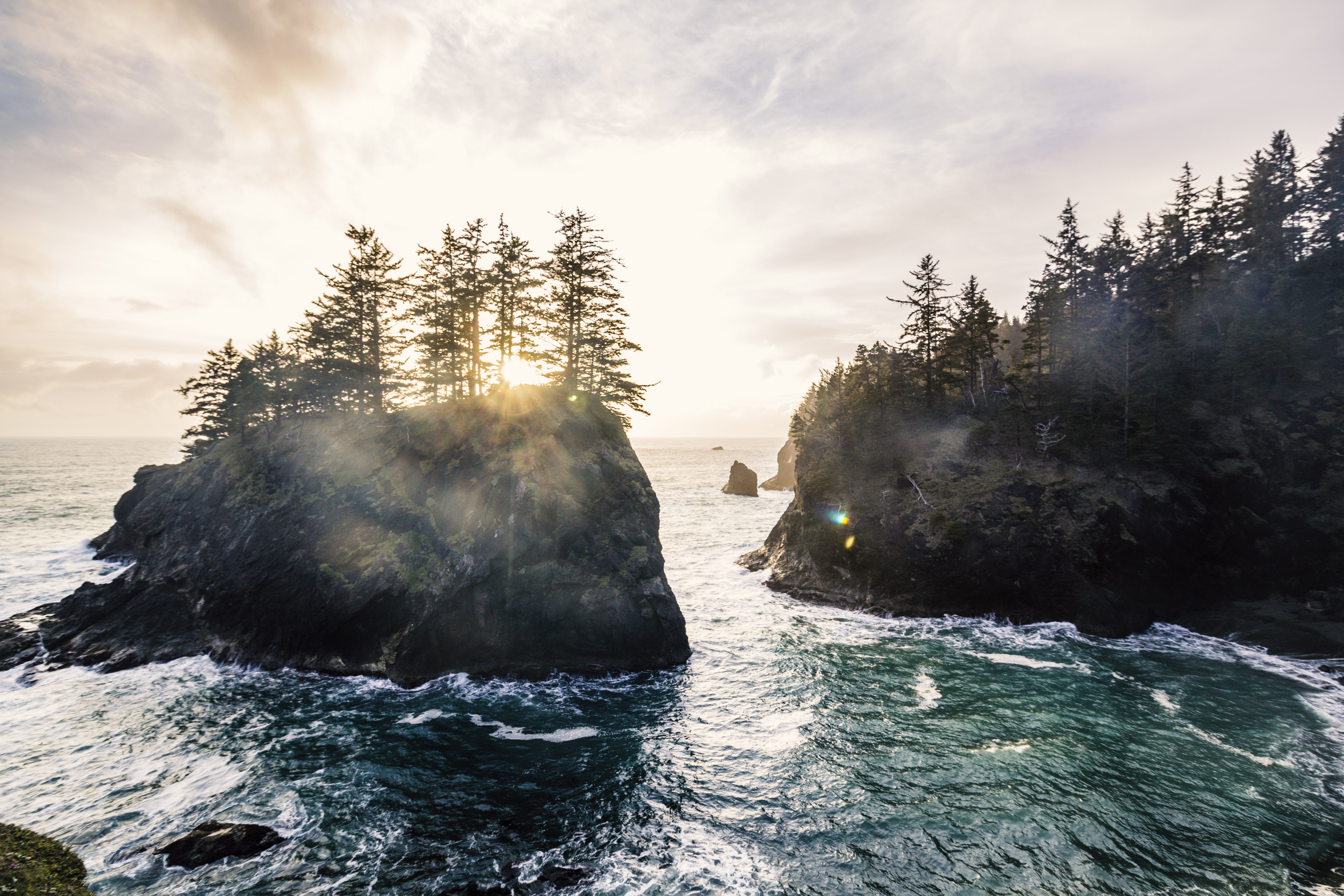
Canon EOS T5, 1/50sec, f/7.1, ISO 100 [5184x3456]
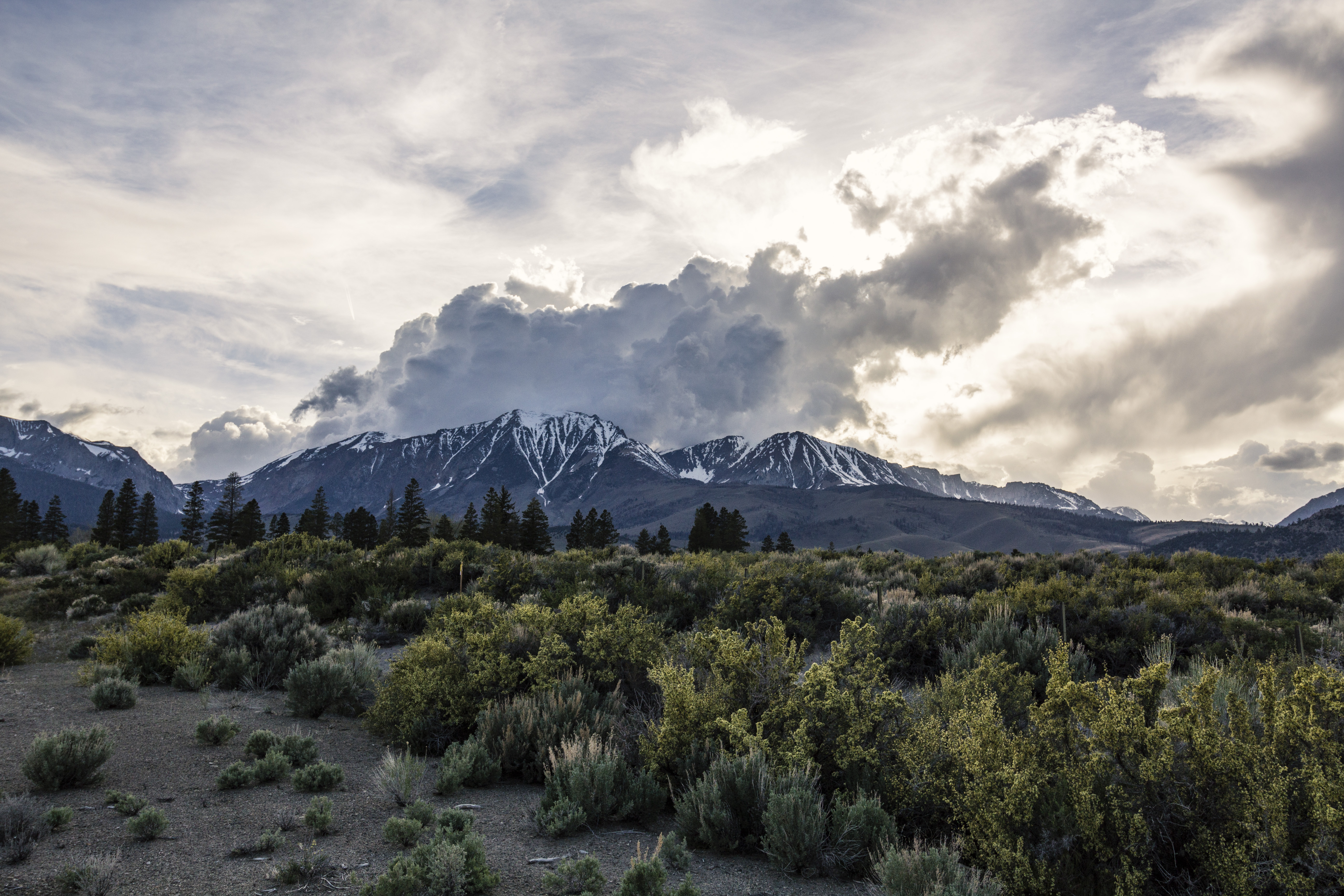
Canon EOS T5, 1/200sec, f/9, ISO 200 [5184x3456]
The relationship between the clouds and the sun is one I put a lot of focus on. When clouds get in front of the sun it will help filter and soften the light. It's similar to a studio photographer diffusing their light sources. Sometimes the clouds will form in a way that will allow you to actually capture the shape of the sun.

Canon EOS T3i, 1/160sec, f/8, ISO 200 [5184x3456]
Sometimes the clouds will try to hold back the sun but it finds a thin spot to burst out from. I captured one of these cloud sun bursts reflected at Camp Lake in Oregon that blew my mind at the time.
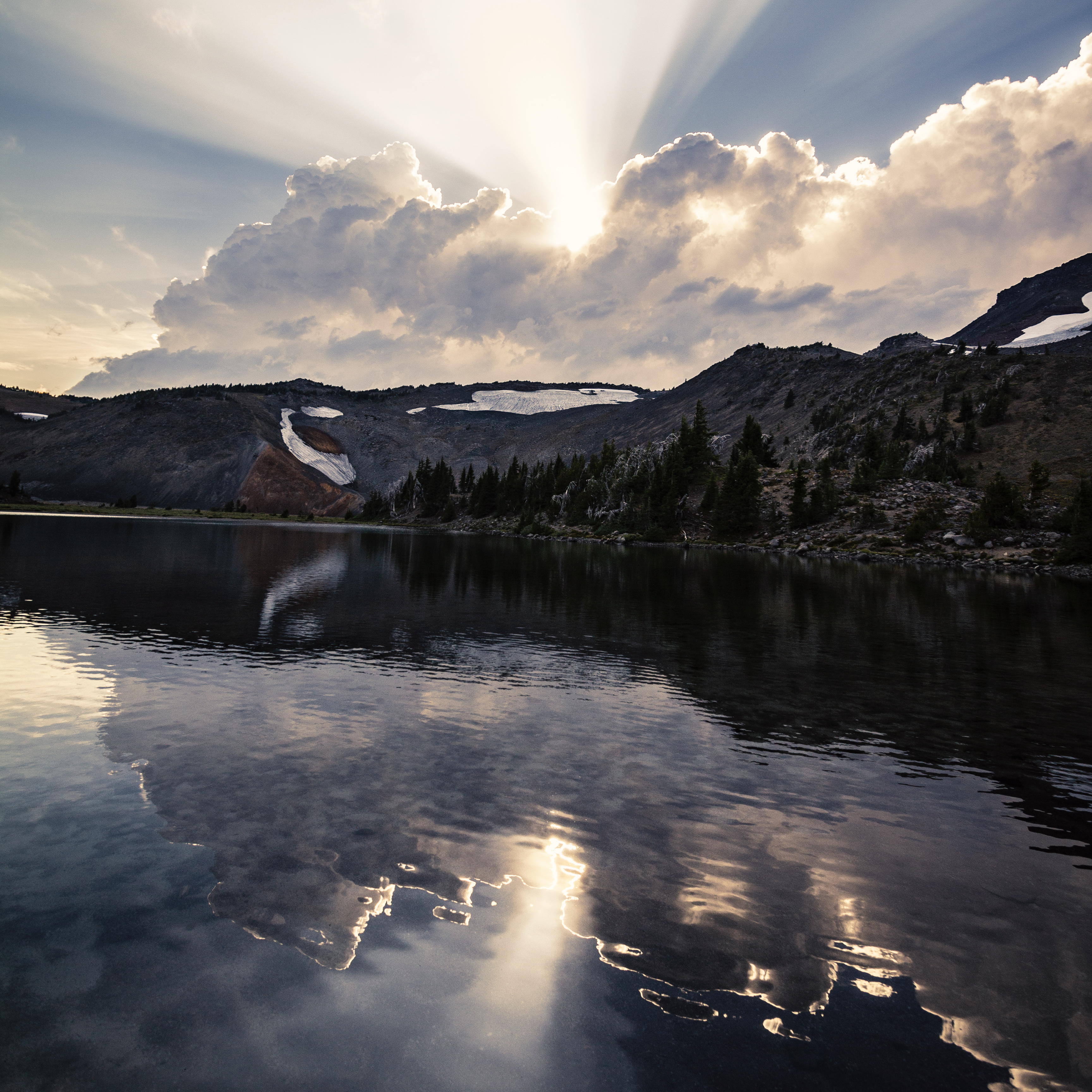
Canon EOS T3i, 1/125sec, f/7.1, ISO 100 [3456x3456]
This is similar to the sun bursts that happen with fog and trees. The trees block part of the sun but not all of it. This creates a great contrast between the fog particles that are reflecting the sunlight vs the ones that are not and the end result are these magical sunrays that can be captured in photos.
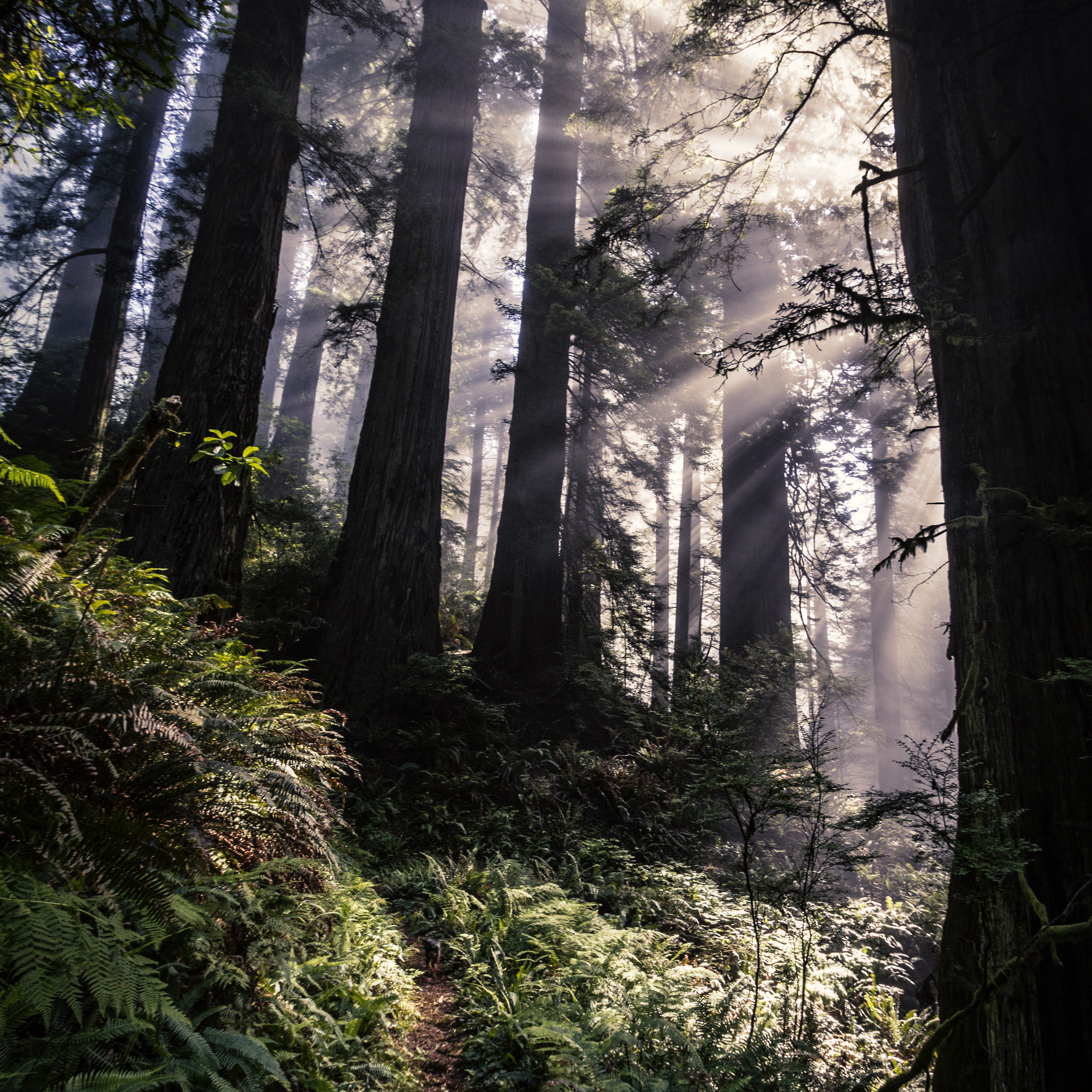
Canon EOS T3i, 1/40sec, f/8, ISO 400 [3456x3456]
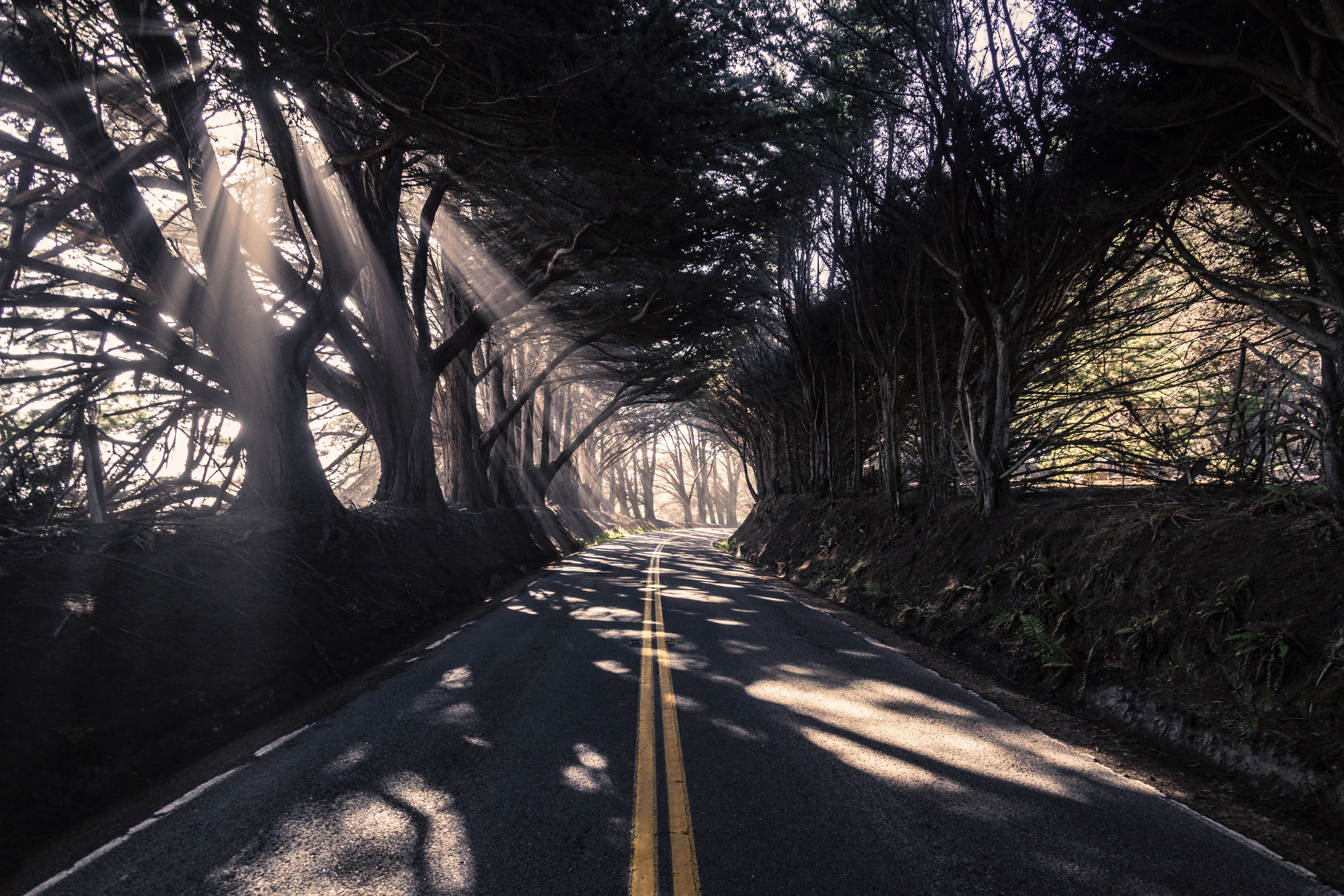
Canon EOS T3i, 1/40sec, f/6.3, ISO 200 [5184x3456]

Canon EOS T3i, 1/60sec, f/8, ISO 200 [4424x2949]
The most wild scenes created by sunlight however are the vivid colorful cloudscapes that happen right before sunrise or just after sunset. I wanted to keep this post to be more about the sun when it's up and not colorful clouds. Those colorful clouds however get that vivid color from the sun so it's fitting to throw at least one such shot into the mix to wrap up this post.

Canon EOS T3i, 1/125sec, f/7.1, ISO 800 [3985x2657]
I’m blown away seeing these power of the T3i paired with a good lens 😦. Stunning!
I wouldn't consider the beat up Tamron 10-24mm I paired with that T3i a good lens necessarily. I actually think the kit lens that came with the camera produced a slightly better image but I prefer shooting wide. I always thought my entry level Canons produced a soft image, I really noticed it when I got the Lumix GX85. Still a budget camera, but newer technology and the images feel really crisp to me compared to what I'm used to. All that said, the camera gear isn't as important as the composition and light and I think these t3i and t5 images really show that.